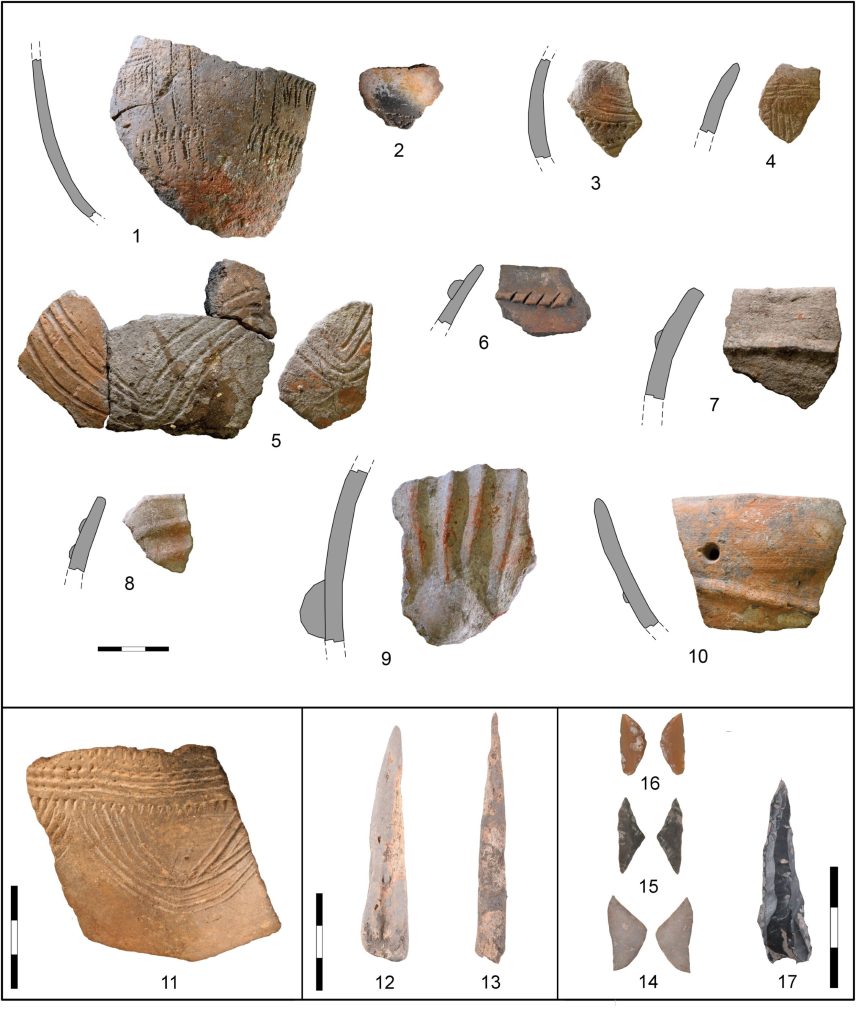A group of researchers has found proof suggesting that Les Coves Llongues in Zorita del Maestrazgo, Spain, was inhabited during the Early Neolithic period. They believe this site played a key role in connecting the Guadalope River to the Castelló coast, indicating the Bergantes River as a vital route for the early Neolithic communities.
The team consists of experts from the Universitat Jaume I in Castelló, ICREA, the University of Barcelona, and the Provincial Council of Castelló.
Their discoveries have been published in the journal Munibe monographs. Anthropology and Archaeology series. Les Coves Llongues is located near the Bergantes River, a major river in the northern Valencian Community that flows into the Guadalope. The site is now significant for studying the migration of farming communities from the Iberian Mediterranean to the Ebro Valley.
They have unearthed various archaeological layers from the late Paleolithic to the Neolithic period, including ceramics and projectile points. The rock shelter of Les Coves Llongues provides valuable insights into the arrival and spread of the first Neolithic communities in the Iberian Peninsula.
The ongoing research aims to enhance our understanding of the site’s occupation and its connections to other Neolithic sites in the region. This discovery positions the area as a crucial point for studying the transition to the Neolithic period.
For more details, refer to the published article: “Les Coves Llongues (Sorita, Els Ports, Castelló). Un nuevo yacimiento del Neolítico antiguo en el norte del País Valenciano, Munibe monographs. Anthropology and Archaeology series.” (2025), DOI: 10.21630/mmaas.2025.3.02.
(Source: Bergantes River could be important route for Neolithization of Lower Aragon in Spain, retrieved 14 April 2025)


